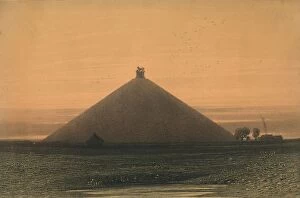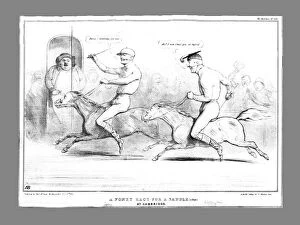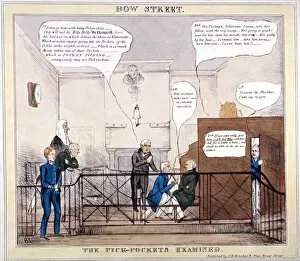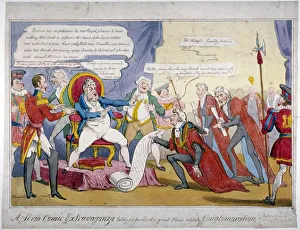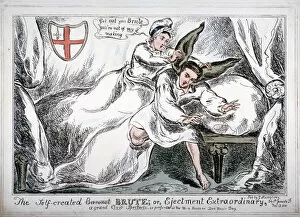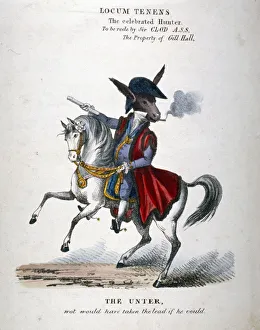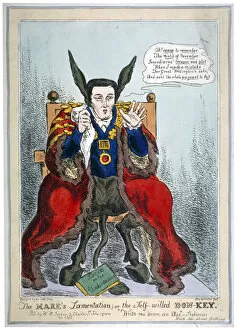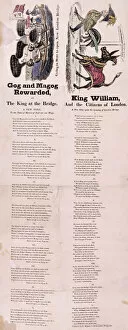1st Duke Of Wellington Collection (page 3)
The 1st Duke of Wellington, Arthur Wellesley, was a legendary figure in British history
All Professionally Made to Order for Quick Shipping
The 1st Duke of Wellington, Arthur Wellesley, was a legendary figure in British history. Known for his military prowess and leadership, he played a pivotal role in the Battle of Waterloo on the 18th of June 1815. This historic battle is depicted in an intricate map from the 19th century, showcasing the strategic maneuvers that led to victory. A portrait by Thomas Lawrence captures the essence of this esteemed duke during his tenure as commander-in-chief from 1814 to 1815. The painting exudes strength and determination, reflecting Wellington's unwavering commitment to his troops and country. In contrast to these serious depictions, an intriguing image titled "The Grenadier in Wilton Mews" offers a glimpse into the everyday lives of soldiers. It portrays a scene where coachmen gather at their local watering hole – perhaps finding solace after arduous battles fought under Wellington's command. Another artwork called "The Forlorn Hope At Badajos" transports us back to one of Wellington's notable victories during the Peninsular War. Painted by Vereker Monteith Hamilton in 1906, it depicts brave soldiers storming enemy fortifications with sheer determination and courage. Wellington's legacy is further celebrated through various artistic representations such as "The Army and Navy, " which juxtaposes him with Admiral Nelson – two iconic figures who safeguarded Britain against external threats during this era. John Atkinson II's masterpiece titled "Battle of Waterloo" immerses viewers into the heart of combat itself. With vivid details capturing chaos and heroism alike, it serves as a testament to Wellington's strategic brilliance that ultimately defeated Napoleon Bonaparte once and for all. Even beyond warfare imagery lies evidence of Wellington's influence on popular culture; an amusing illustration humorously depicts a wellington boot transformed into his head – symbolizing his status as head of the armye.


